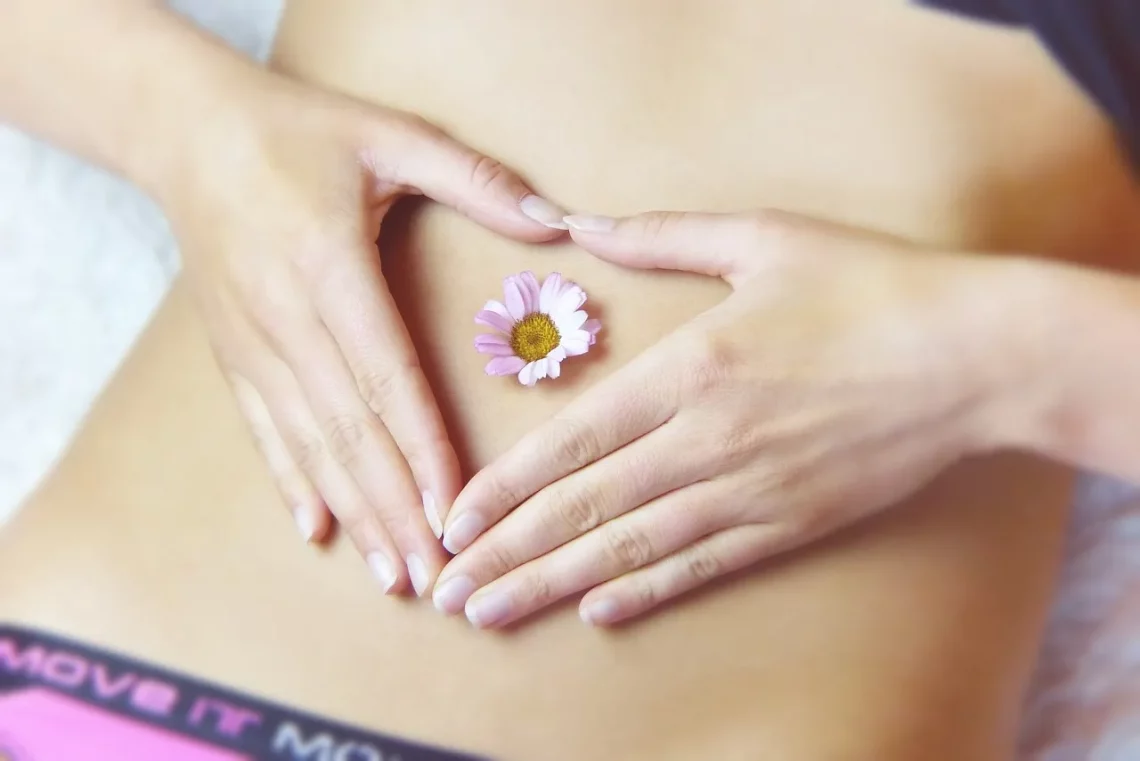
Understanding Why Your Clitoris Hurts and How to Find Relief
Understanding discomfort in the clitoris can be an unsettling experience for many. The clitoris, a small but significant part of female anatomy, plays a crucial role in sexual arousal and pleasure. However, it can also be a source of discomfort or pain for various reasons. Understanding the underlying causes of clitoral pain is essential for women to address their concerns and seek appropriate relief.
Pain in this area can stem from a range of factors, including infections, allergies, hormonal changes, or even psychological issues. Women often find it challenging to discuss such topics, leading to feelings of isolation and confusion. Additionally, societal norms may discourage open conversations about sexual health, making it even more difficult to seek help.
Navigating clitoral discomfort requires not only awareness of potential physical causes but also understanding the emotional and psychological aspects that may contribute to the experience of pain. Recognizing that clitoral pain is not uncommon can empower women to take charge of their sexual health and well-being. By exploring the various reasons behind clitoral discomfort, women can better equip themselves with the knowledge needed to seek relief and enhance their overall sexual health.
Common Causes of Clitoral Pain
Clitoral pain can arise from various physical conditions, and identifying the underlying cause is crucial for effective treatment. One of the most common reasons for clitoral discomfort is vulvodynia, a chronic pain condition affecting the vulva and clitoris. This condition can manifest as burning, stinging, or rawness, and its exact cause remains unclear. Hormonal changes, particularly during menstruation or menopause, can also lead to increased sensitivity or pain in the clitoral area.
Infections, such as yeast infections or sexually transmitted infections (STIs), can also contribute to clitoral pain. These infections often come with additional symptoms like itching, swelling, and unusual discharge. If you suspect an infection, it is essential to seek medical attention as untreated infections can lead to more severe health issues.
Another potential cause of clitoral pain is allergic reactions. Certain soaps, lotions, or lubricants may contain irritants that can trigger discomfort. Women with sensitive skin or specific allergies should be cautious about the products they use in the genital area.
Additionally, psychological factors such as anxiety or stress can play a significant role in the experience of clitoral pain. Tension in the body can lead to increased sensitivity, making even minor discomfort feel more intense. Understanding these various causes can help women approach their discomfort with a clearer perspective and seek appropriate solutions.
Identifying Symptoms and Seeking Diagnosis
Recognizing the symptoms associated with clitoral pain is the first step toward finding relief. Women experiencing discomfort should take note of the type of pain they feel, its duration, and any accompanying symptoms. This information can be invaluable when discussing the issue with a healthcare provider.
Symptoms may vary widely; some women report sharp, localized pain, while others may experience a more generalized discomfort. Accompanying symptoms such as swelling, redness, or changes in discharge can provide additional clues to the underlying cause. Keeping a journal of symptoms can help identify patterns or triggers, which can be beneficial for diagnosis.
When seeking a diagnosis, women should feel empowered to communicate openly with their healthcare provider. A thorough examination and discussion of medical history will aid in determining the cause of the pain. In some cases, additional testing may be necessary, such as swabs or blood tests, to rule out infections or other conditions.
It is essential to approach the situation with patience, as finding the right diagnosis can sometimes take time. Women should also remember that they have the right to seek second opinions if they feel their concerns are not being taken seriously. Advocating for one’s health is crucial in navigating any discomfort, including clitoral pain.
Effective Relief Strategies
Finding relief from clitoral pain often requires a multi-faceted approach. Depending on the underlying cause, various strategies may be effective. For instance, if the pain is due to an infection, treating the infection with prescribed medications can lead to significant improvement. Over-the-counter antifungal treatments may also provide relief for yeast infections, but it’s crucial to consult a healthcare provider before starting any treatment.
For individuals experiencing discomfort due to allergies or sensitivities, switching to hypoallergenic products can be beneficial. This includes using gentle soaps and avoiding douches, which can disrupt the natural balance of bacteria in the vagina. Opting for water-based lubricants during sexual activity can also help minimize discomfort.
If stress or anxiety is a contributing factor, exploring mindfulness techniques, such as meditation or yoga, can be beneficial. These practices can help alleviate tension in the body, potentially reducing the intensity of clitoral pain. Additionally, open communication with partners about comfort levels and preferences during intimacy can foster a more relaxed environment, making sexual experiences more enjoyable.
In some cases, physical therapy targeting pelvic floor muscles may be recommended. This approach can help alleviate pain by addressing muscle tension and improving overall pelvic health. Understanding that relief may come from a combination of methods is crucial for women dealing with clitoral discomfort.
When to Consult a Healthcare Professional
While some instances of clitoral pain can be managed at home, it is essential to know when to consult a healthcare professional. If the pain persists for an extended period, worsens over time, or is accompanied by other concerning symptoms, seeking medical advice is crucial.
Women should not hesitate to reach out to their healthcare provider if they notice changes in their body that cause concern. Symptoms such as fever, unusual discharge, or severe swelling should be addressed promptly. Additionally, if the pain interferes with daily activities or sexual enjoyment, it is essential to seek help.
Regular check-ups and open discussions about sexual health with healthcare providers can also help in addressing issues early on. Women should prioritize their sexual health and seek professional guidance without fear of judgment or stigma.
In conclusion, understanding the reasons behind clitoral pain can empower women to seek the relief they deserve. By being proactive about their health and well-being, women can navigate discomfort and enhance their overall sexual experience.
**Disclaimer:** This article is not a substitute for professional medical advice. For any health concerns or persistent discomfort, it is important to consult a healthcare provider.




